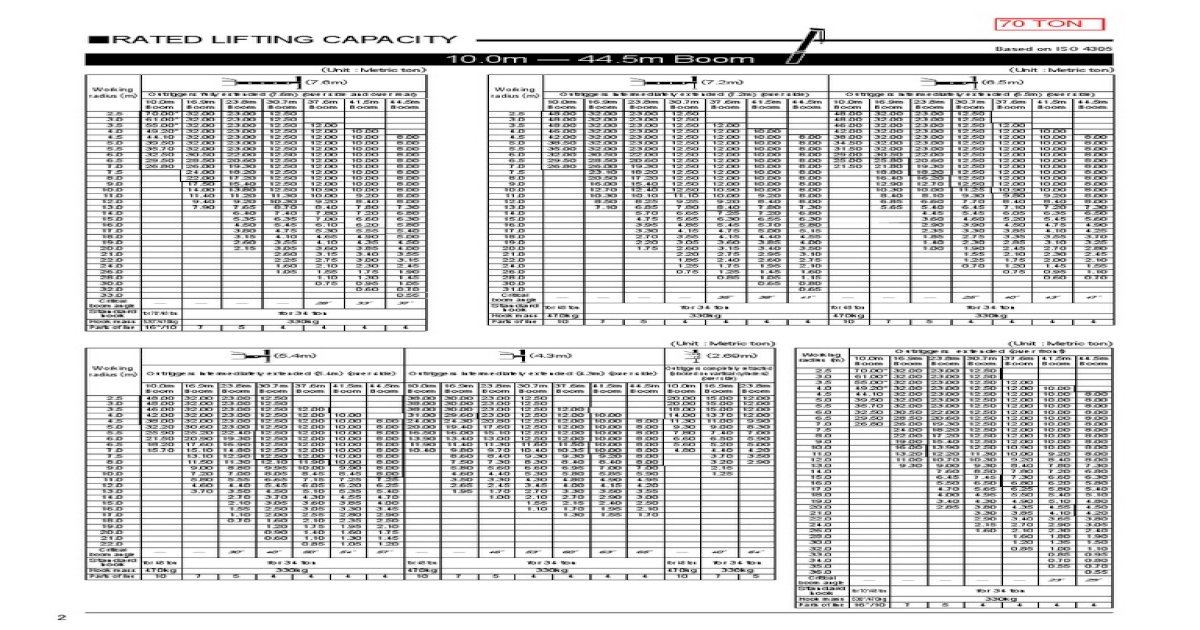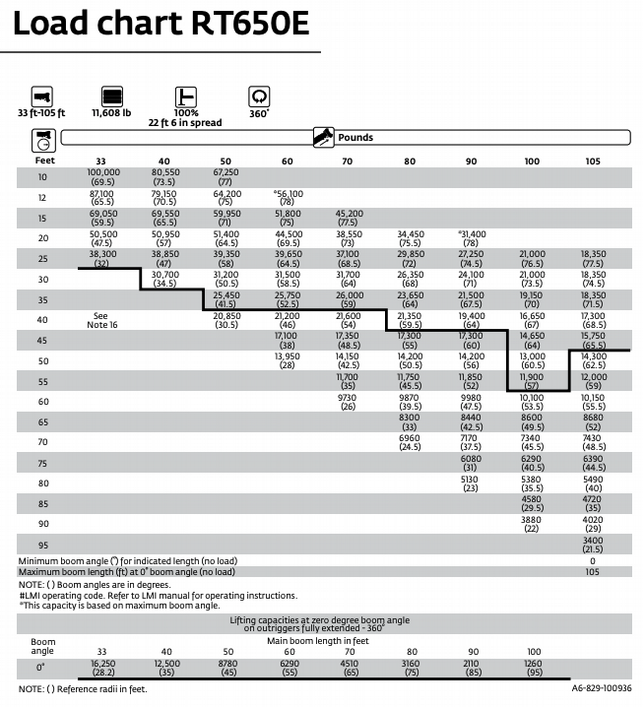

Load charts can easily be explained and used, but they should not be used alone. They offer project management and engineering services to guide you from the drawing board to executing the work in the field. Thankfully, you can plan your project with professionals like Maxim Crane. Understanding the five items above will assist you in determining the correct crane and configuration to complete your project. What are the physical obstacles present where the lift is taking place?.What is the radius required for the lift?.How high and far back (if lifting onto a roof) does the crane need to raise the object?.What will the ground conditions be like when the crane is needed for the lift?.What is the weight of the object you are lifting?.There are five key pieces of information that your crane rental company will want you to identify about your project before recommending a crane:

Tower crane rentals are best in metropolitan areas with tall obstacles and little room for movement at the surface, while crawlers, rough terrains, and all-terrain cranes are more appropriate for difficult, uneven ground and open areas. This is most common when working on variable terrain. Other times, your project may require different types of cranes to complete the same job. Sometimes your job site conditions will permit the use of one specific type of crane for all of your lifting needs. The job dictates the lifting capacity requirements. When it comes to cranes, there is no one-size-fits-all approach. When renting a crane these tips will help you determine the lift capacity requirements for your job. A crane’s lifting capacity is dependent on the crane’s configuration, structural limitations, distance to the load to be lifted, the height of the lift, ground conditions, and ambient weather conditions, etc. Unlike an elevator with a fixed limit, a crane is often designed to for use in a variety of ways based on a maxim and minimum lifting capacity. It is presented in the form of a load chart representing a range of configurations and capacities. The manufacturer determines the lifting capacity of a crane. To maintain a safe working environment and keep your projects going, you need to be able to evaluate a crane’s lifting capacity to use the crane properly. Understanding crane lifting capacity limitations can prevent misuse that could lead to incidents, causing downtime on the project site. A critical starting point is understanding the weight of the load(s) and how the weight is distributed (center of gravity). Terrain, job site conditions, load weight, obstructions, duration on the site, and many other factors need to be considered when selecting the best crane for the job. When it comes to heavy lifting on job sites, rarely is there a one-size-fits-all approach to renting a crane.


 0 kommentar(er)
0 kommentar(er)
